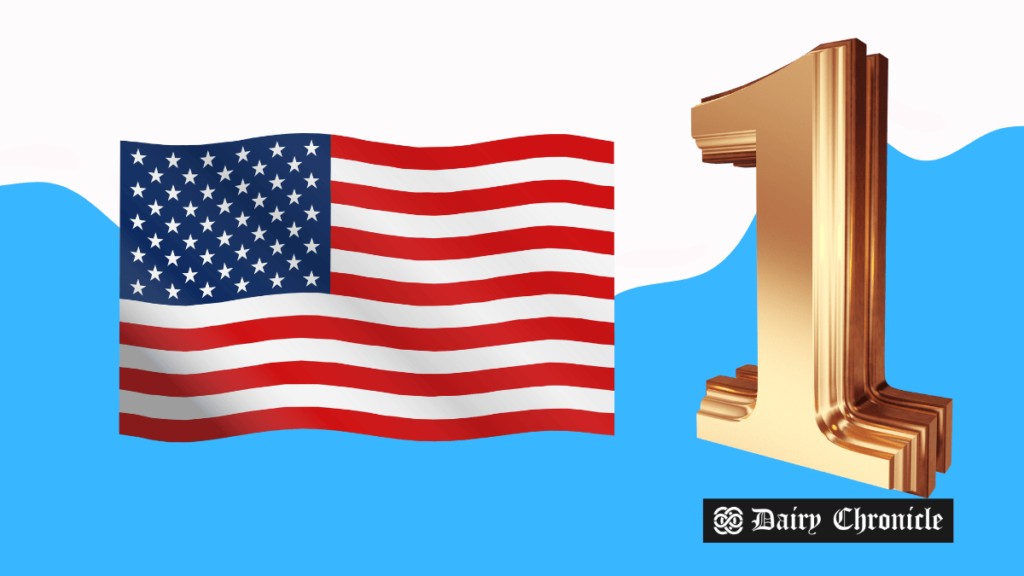The U.S., currently the third-largest dairy exporter, aims to surpass New Zealand and the European Union to become the global leader in dairy exports. Krysta Harden, President and CEO of the U.S. Dairy Export Council (USDEC), highlights the need for strategic advancements and overcoming market access challenges to achieve this goal.
The United States, currently ranked as the third-largest dairy exporter globally, is setting its sights on becoming the world’s leading dairy exporter. Krysta Harden, President and CEO of the U.S. Dairy Export Council (USDEC), believes that the U.S. is well-positioned to leapfrog New Zealand and the European Union in this competitive sector.
Since its establishment in 1995, the USDEC has witnessed a significant rise in U.S. dairy exports. What began with just 3-5% of the country’s dairy production being exported has now grown to between 16-20%. Despite this impressive growth, Harden emphasizes that achieving the top position will require further strategic efforts and improvements.
Strategic Advantages
The U.S. dairy sector benefits from numerous strengths, including advanced technology, substantial natural resources, and robust government support. U.S. dairy farms are now more technologically advanced, enhancing both productivity and sustainability. The U.S. Department of Agriculture (USDA) plays a crucial role in supporting these efforts through incentives and programs aimed at promoting American dairy products overseas. This support is seen as a significant advantage over competitors who face stricter regulatory environments.
Moreover, the renewed interest from younger generations in dairy farming is viewed positively, potentially fostering innovation and growth within the sector.
Challenges Ahead
However, several challenges must be addressed to reach the top spot. Protectionist policies and non-tariff barriers imposed by some countries limit U.S. dairy access to key markets. Harden underscores the need for the U.S. to engage in negotiations and build relationships with foreign governments to overcome these barriers.
Additionally, while consolidation within the U.S. dairy industry has led to larger, more efficient farms, it has also contributed to the decline of smaller dairy operations. Many small farms struggle to stay afloat, relying on supplementary income from off-farm jobs.
Path to Leadership
To become the leading dairy exporter, the U.S. must continue investing in technological advancements and sustainability. Educating international consumers, retailers, and food service providers about the benefits of U.S. dairy products will be essential. Building strong relationships in foreign markets and addressing local community concerns about dairy farming practices will also be crucial for maintaining support for the industry.
Despite the challenges, the U.S. dairy sector is poised for growth, supported by governmental backing, a commitment to innovation, and a solid foundation in sustainable practices. With focused efforts on market access and global education, the U.S. has the potential to surpass its competitors and become the world’s top dairy exporter.



